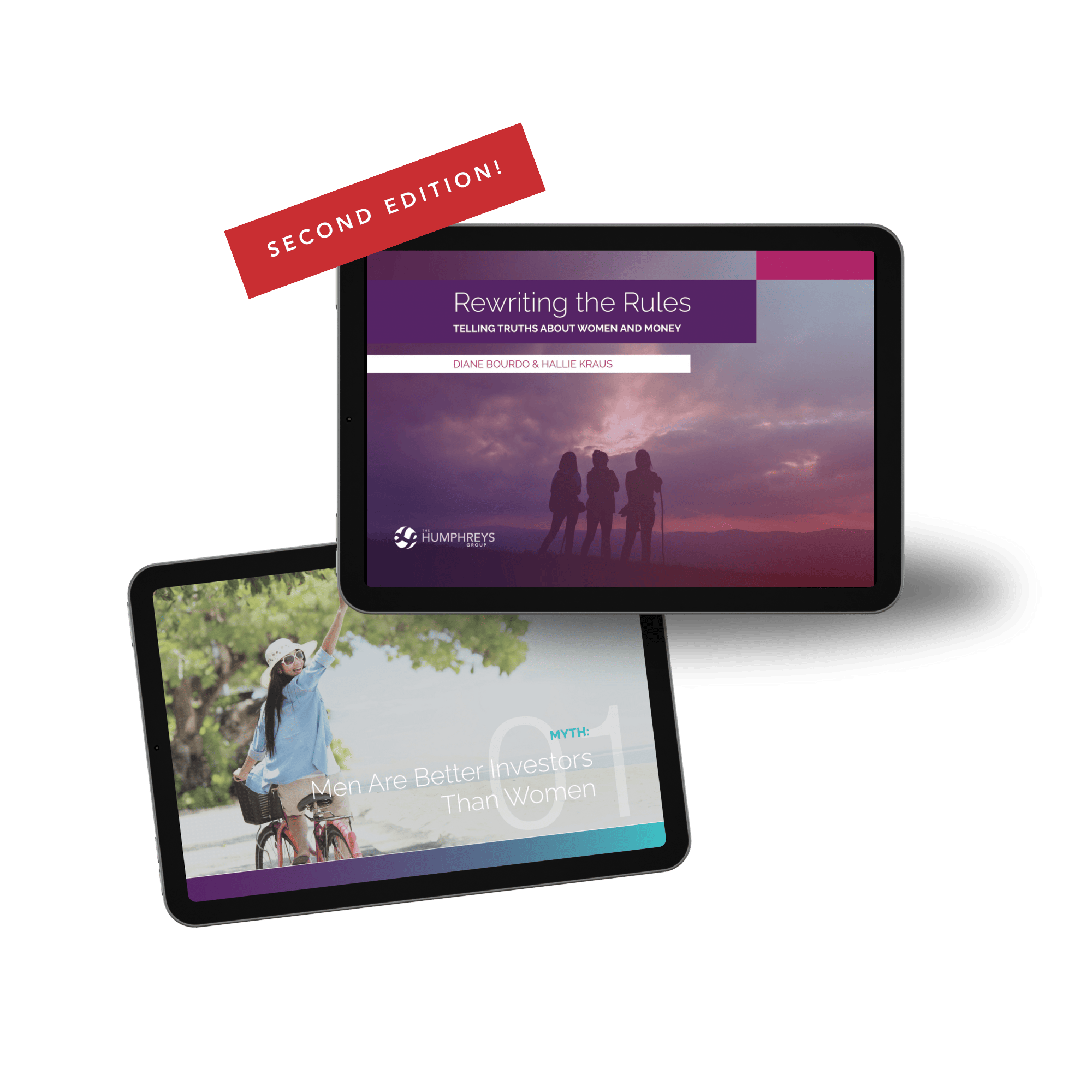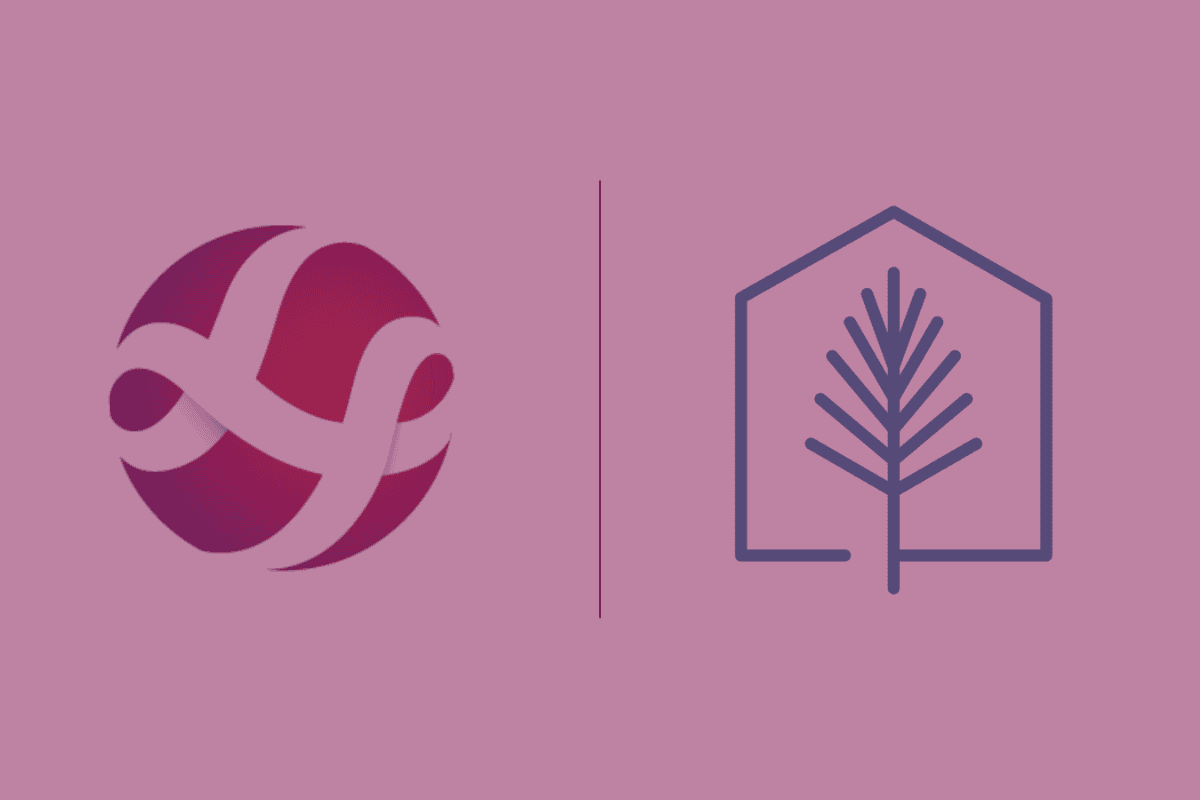Over the past week, we’ve seen more action from the federal government in response to the COVID-19 pandemic and its impact on the U.S. economy. Today, we’re summarizing some of the most significant developments you should know, especially as they relate to your personal, financial and professional situation.
But first, let’s take a quick look at how the markets fared last week. U.S. stocks saw two days of consecutive gains on Wednesday and Thursday, following new data that showed the pace of job losses is slowing down (though the number of total unemployment claims is still high, at 26 million over the past five weeks). The strong performance also came on the heels of an expected Congressional vote on additional aid for small businesses, which we’ll explore further below.
The market gained momentum heading into the end of the week, with the Dow Jones Industrial Average (DJIA) closing 1.1% higher at 256 points. The S&P 500 ended the week up 39 points (1.4%) and the Nasdaq ended the week up 140 points (1.7%).
Though the markets have generally performed well over the past couple of weeks and there has been less dramatic intra-day volatility, we can expect that more uncertainty lies ahead. The pandemic aside, this is the nature of investing in the financial markets. Remember the principles we have reiterated over the past few weeks: stay focused on the factors you can control, such as broad diversification, tax efficiency and risk management through strategies like rebalancing. And most importantly, remember that short-term market movements are footnotes in the bigger picture of your long-term goals.
A Closer Look: The Guidelines for Opening Up America Again
Recently, The White House released a three-phased approach to reopening businesses and public establishments amid the COVID-19 pandemic. The steps are intended to serve as a guidepost for state and local officials to reopen their economies and bring Americans back to work following state-wide shutdowns and shelter-in-place orders.
It’s important to note that the guidelines do not include target dates for meeting each “phase” of the plan. Officials and public health experts have said that restrictions could be put back in place if regions see a resurgence in new cases. Here is a quick overview of each phase:
Phase One: This phase would begin in communities where there is a downward trajectory in reported new cases over a 14-day period; hospitals would also need to show they can treat all patients without resorting to crisis care, and there would need to be a reliable testing program (including antibody testing) in place for all frontline health care workers.
Even if communities meet these guidelines, the most vulnerable citizens, such as the elderly or individuals with pre-existing health conditions, would still be required to shelter in place.
So long as they maintain appropriate social-distancing measures, non-high-risk citizens would be able to return to work, and venues such as sit-down restaurants, sporting arenas and places of worship would be able to reopen under more strict “physical distancing protocols.” Gyms would also re-open and elective surgeries would resume, though bars and schools would remain closed, and hospitals and senior living centers would still prohibit visitors.
Phase Two: Once communities enter phase one and there is no rebound in the number of new cases, phase two will commence, under which schools and organized youth activities would be allowed to reopen. Bars would also be allowed to reopen, but only under what the guidelines call “diminished standing-room occupancy.” High-risk individuals would still be required to shelter in place.
Phase Three: If communities have entered phases one and two without a rebound in new cases, then phase three would commence. Under phase three, high-risk individuals would be able to resume public interactions, but they would need to continue practicing social-distancing measures. Employers would be able to resume unrestricted staffing of workplaces, while large public venues would be allowed to operate under limited social-distancing protocols. Hospitals and senior living centers would also reallow visitors.
In addition to outlining the three phases, the guidelines mandate the establishment of “core state preparedness” measures. This means states will be required to show they have adequate testing and screening processes; adequate supply of protective gear and medical equipment; and plans to accommodate more beds for intensive care before they reopen their economies.
What Happens Next?
Now that the guidelines have been released, many state governments are starting to shape their own plans for adhering to the tiered approach, with the federal government recommending that officials work on a “regional basis” to move through the recovery process.
With that being said, the guidelines are voluntary, which means state and local officials can loosen or tighten the restrictions as they deem necessary. More importantly, regardless of the guidelines and loosened restrictions, the ultimate test will be whether and when the public feels safe enough to venture from their homes.
Policy Update: New Aid for Small Businesses
On Thursday, Congress officially passed a new stimulus package, worth approximately $484 billion. It is the latest attempt by lawmakers to cushion the economic blow of the ongoing COVID-19 pandemic. The package adds an additional $310 billion to the recently depleted Paycheck Protection Program (PPP); $60 billion in loans and grants for the Small Business Administration (SBA)’s relief fund; $75 billion for hospitals and health care providers; and $25 billion to expand and facilitate COVID-19 testing.
Paycheck Protection Program (PPP) Loan Forgiveness
A powerful pillar of the PPP is the loan forgiveness provisions stipulated under the Coronavirus Aid, Relief, and Economic Security (CARES) Act. Small business borrowers who comply with these provisions are eligible to have 100% of their loan forgiven, making it a loan in name only.
So, what exactly are the loan forgiveness provisions?
1. Borrowers must use at least 75% of the loan on payroll costs.
According to the U.S. Treasury Department, eligible payroll costs include salaries, wages, commissions or tips. They also include employee benefits, such as medical insurance and retirement accounts, as well as state and local taxes assessed on compensation.
2. The remaining balance of the loan must be used on permitted non-payroll expenses incurred prior to February 15, 2020.
Permitted non-payroll expenses include interest on mortgage obligations, rent under lease agreements and utilities, such as water and electric.
3. The borrower cannot reduce their number of full-time equivalent (FTE) employees.
When deciding on the number of FTE employees, borrowers have one of two options: determining the average number of FTE employees between February 15, 2019 and June 20, 2019, or the average number between January 1, 2020 and February 29, 2020.
4. The borrower cannot reduce the wages of their employees by more than 25%.
This provision does not include employees who made more than $100,000 in 2019.
5. The borrower must spend the loan eight weeks from the moment it is funded by the lender.
Lenders must fund any PPP loan within 10 days of approval.
What happens if these conditions are not met?
If any of these conditions are not met, the loan forgiveness amount will be reduced. Any portion of that loan that isn’t forgiven must be repaid over two years at an interest rate of 1%.
How do borrowers actually apply for loan forgiveness?
Borrowers apply for loan forgiveness with the lender of their loan. The lenders have 60 days to review the application and make a determination.
Are there requirements for proper tracking and documentation?
Currently, there are no set guidelines in terms of how the funds from your PPP loan should be tracked.
Our personal recommendation is to set up a separate bank account for your PPP loan funds. Proper tracking and documentation will be easier if you pay for qualified expenses directly from this new account or use it to fund your other operating accounts. For bookkeeping purposes, it may be helpful to use the subcategory, “PPP,” when tracking your PPP expenses.
Ultimately, meticulous tracking and documentation of your PPP expenses will increase the chances of your loan being forgiven.
As always, we will continue to monitor all new and relevant developments related to the COVID-19 pandemic over the coming weeks. In the meantime, we also encourage you to stay connected through your local news outlets and messages from our team. We will remain diligent about communicating our operational plans and any changes to you.
If you have any questions about the information above or would like to speak about your personal financial or business situation, please reach out to our team. We wish you continued health, safety and security during this time.
























